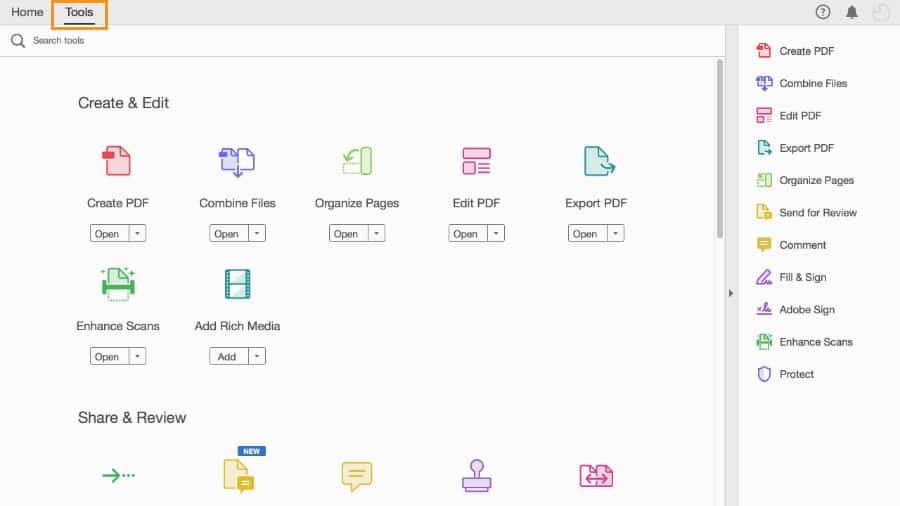


One option is Voice Typing. Click it when you’re ready to speak.Įven better is Otter, one of the most powerful solutions for mobile phone and computer users, which gives you 600 minutes of audio or video transcription a month in its free version. Similarly, if you use the free Google Docs, open it in a Chrome browser, start a new document and click Tools at the top of the screen.

Click that and the microphone will capture audio and translate it into text. But remember to say punctuation such as “period,” “comma” and “question mark.”Ĭomputer users who have Microsoft 365 - a suite of productivity programs that includes Outlook, Word, Excel and PowerPoint - will see a Dictate button at the top of the screen. If you have an iPhone, you can say, “Hey, Siri,” followed by “Make a new note.” Talk and the words will be typed out as you speak them. If you do this, say, while in Notes, you can lay the phone down and have a discussion with someone, and the conversation will be transcribed. And the words are typed out in real time. OCR and AI, like human beings, are far from perfect.Īll smartphones and tablets let you tap a little microphone, usually to the right of the keyboard, that enables you to talk instead of type. However, it’s essential to review these conversions before you share them. Similarly, artificial intelligence (AI) can convert your sloppy handwriting into text or transcribe audio into typed words. For example, if you take a photo of a business card someone hands you, that information can be imported into your Contacts. Why go through all this trouble? Once it’s in text, you can then edit the sentences, search by keyword, and share it in an email, post it to social media or save it as a document. Technology that can lift words and numbers from a photo and convert it into digital text is called OCR, which stands for optical character recognition. In other instances, you’ll need to download software or visit a website. Many of the solutions are free or close to it. These time-saving tools are often baked right into your device, and you simply need to find and use them. If you answered yes to any of these scenarios, you could benefit from the latest apps and features - for smartphones, tablets and computers - that can do the heavy lifting for you. Some can even help you transcribe audio and extract text from images.ĭo you have scribbled notes about your care recipient’s activities, sleeping/ patterns, medication intake, that needs organizing? Do you have an audio interview with a family member but you don’t want to manually transcribe it? Do you have text in an image (for example product instructions) that you would like to extract? Learn about apps and device features that can turn your handwritten notes into digital text.


 0 kommentar(er)
0 kommentar(er)
